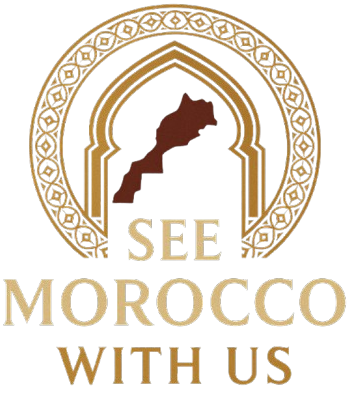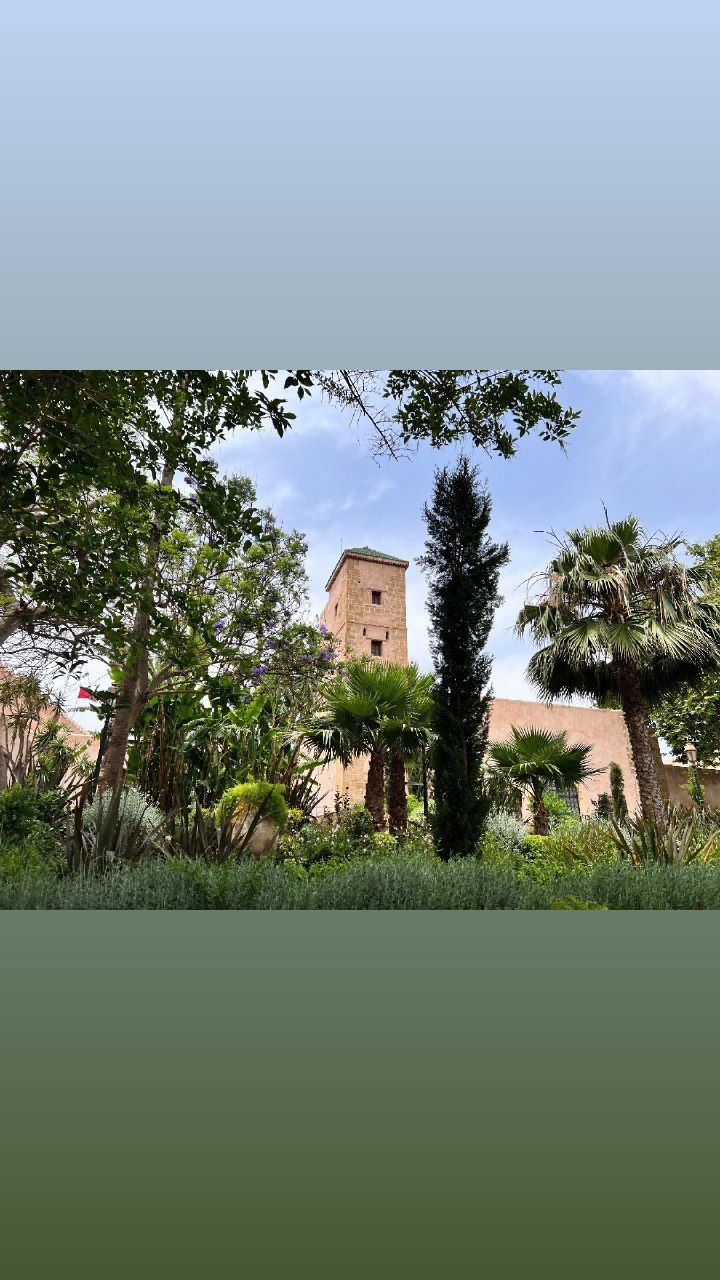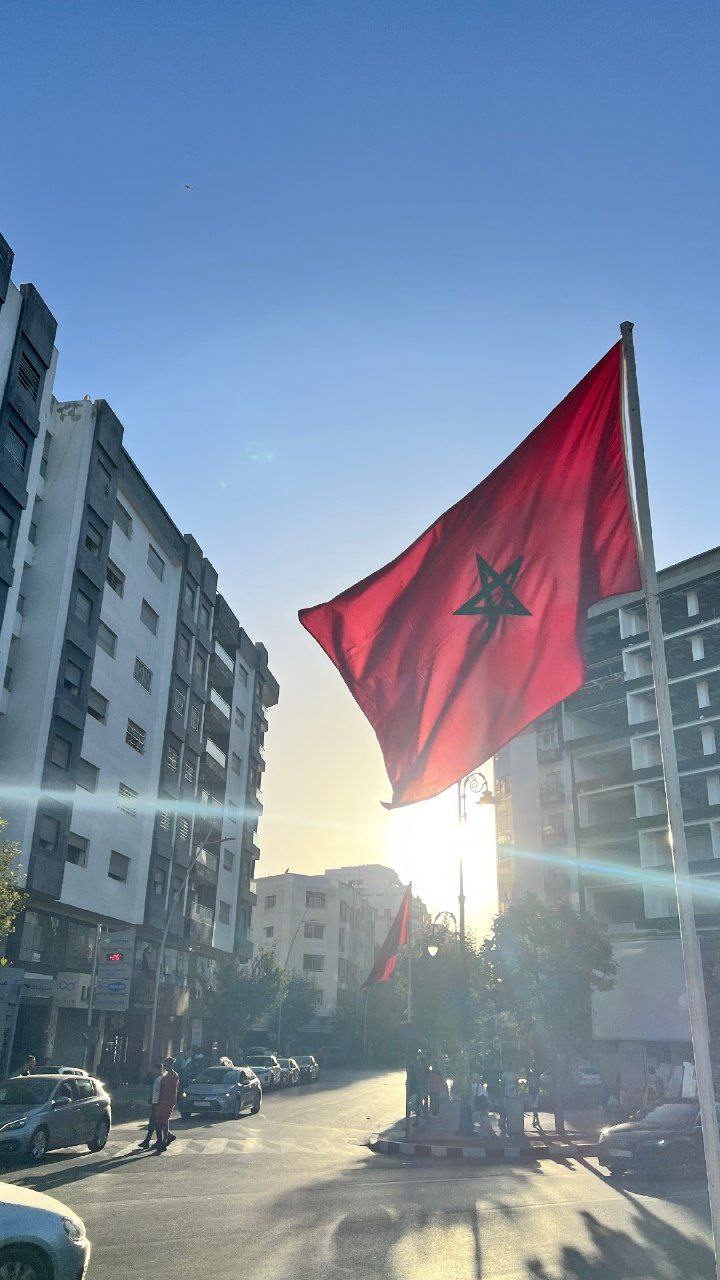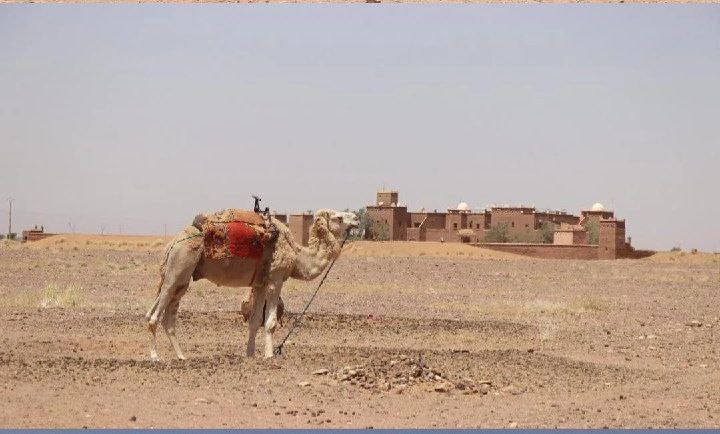Ultimate Morocco Trip Itinerary: 10-Day Adventure Guide for 2025
Morocco trip itinerary planning starts here a land of deserts, mountains, medinas, and vibrant souks. Did you know Morocco draws over 12.9 million tourists every year? It’s a top spot in North Africa for travelers. Your 2025 Morocco trip will be an amazing journey through diverse landscapes and rich cultures.
This guide will make your travel dreams come true. You’ll see Marrakech’s lively markets and the peaceful Sahara Desert. Morocco mixes old traditions with new fun.
Your 10-day trip will cover stunning views, historic cities, and cultural experiences. It’s perfect for both new and experienced travelers. This carefully planned itinerary has something special for everyone.
Prepare to find hidden spots, try amazing food, and make lasting memories. Your Moroccan adventure starts now. Get ready for a trip that will touch your heart and inspire your love for travel.
Why Morocco Should Be Your Next Travel Destination
Are you dreaming of an unforgettable adventure? Your morocco vacation planner starts with Morocco’s magic. This North African gem will captivate your senses and change your travel dreams. It offers ancient traditions, stunning landscapes, and vibrant cultural experiences.
Morocco is a top choice for adventurers looking for something unique. Your moroccan travel guide will show you a world where:
- Stunning desert landscapes meet bustling medieval cities
- Ancient traditions blend with modern experiences
- Diverse landscapes range from mountain peaks to coastal beaches
Best Time to Visit
Planning your moroccan adventure needs careful timing. The best times to visit are:
- Spring (March to May): Mild temperatures and blooming landscapes
- Fall (September to November): Comfortable weather and fewer tourists
What Makes Morocco Unique
Morocco offers a travel experience unlike any other. From Marrakech’s tile work to the Sahara’s dunes, every moment is a memory waiting to be cherished.
Cultural Etiquette and Tips
Respect is key in Morocco. Dress modestly, learn Arabic or Berber phrases, and be curious in local interactions. Your cultural sensitivity will lead to authentic experiences that most tourists miss.
Essential Planning Tips for Your Moroccan Adventure
Planning your trip to Morocco needs careful thought to make it smooth and memorable. Your vacation planner should first understand the unique travel logistics in Morocco.
Before you start your adventure, keep these planning tips in mind:
- Passport and Visa Requirements
- US citizens can enter Morocco for up to 90 days without a visa
- Make sure your passport is valid for at least six months after your trip
- Health Preparations
- Talk to your doctor about needed vaccinations
- Carry a basic medical kit with your essential medicines
- Currency and Money Tips
- Bring US dollars or euros for easy exchange
- Moroccan dirham is the local currency
- Tell your bank about your travel plans to avoid card problems
When making your itinerary, download travel apps like Google Translate and Maps.me for offline use. These apps will help you navigate Morocco’s cities and landscapes.
Pack light, breathable clothes that fit local customs. Wear comfy shoes for walking in medinas and deserts. A lightweight scarf is useful for sun protection and visiting mosques.
Your planner should include flexible travel options. Use trains for long trips and local buses or shared taxis for short ones. Booking early in busy seasons can save you time and money.
Morocco Trip Itinerary: Day-by-Day Breakdown
Planning your Morocco trip needs careful thought about transport, places to stay, and money. Your 10-day trip across this amazing country requires smart planning. This will help you enjoy your time and manage travel details.
Creating the best Morocco trip plan means knowing your transport options and picking the right places to stay. You’ll want to find a balance between comfort, cost, and experiencing the local culture.
Transportation Between Cities
Traveling Morocco’s varied landscapes needs different transport plans:
- Long-distance buses for budget travelers
- Train networks connecting major cities
- Rental cars for flexible exploration
- Shared taxis for shorter routes
Accommodation Options
Your choice of moroccan riads and hotels greatly affects your trip. Here are some lodging options:
- Traditional riads in historic medinas
- Boutique hotels in urban centers
- Desert camps near Merzouga
- Coastal resorts in Essaouira
Budget Considerations
Travelers who plan well save money and enjoy their Moroccan adventure. You’ll likely spend $50-$150 daily, based on your travel style and where you stay.
Your Morocco trip plan should be flexible. This lets you make spontaneous discoveries while keeping a structured plan to explore this magical place.
Exploring Marrakech: The Red City’s Hidden Gems
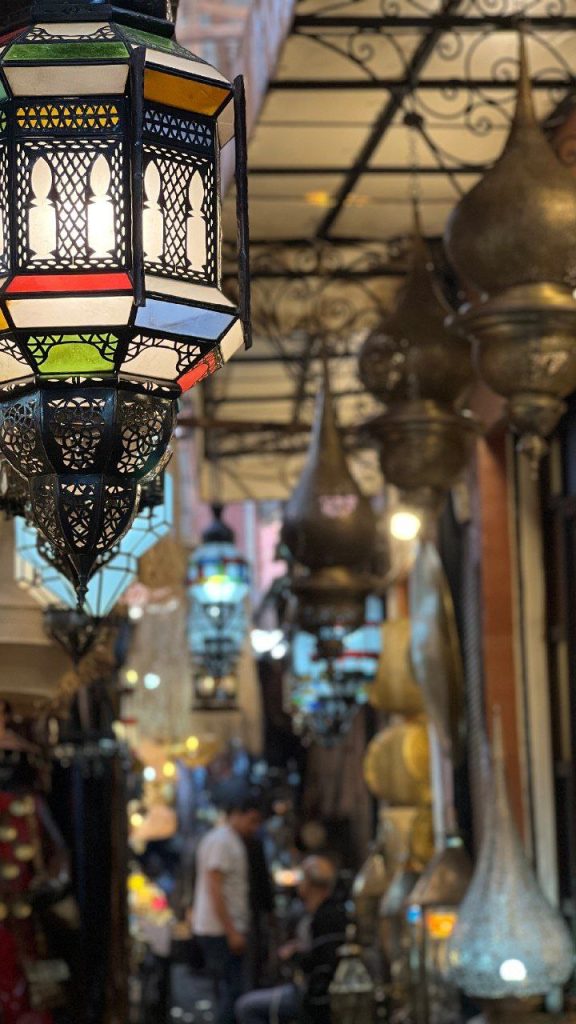
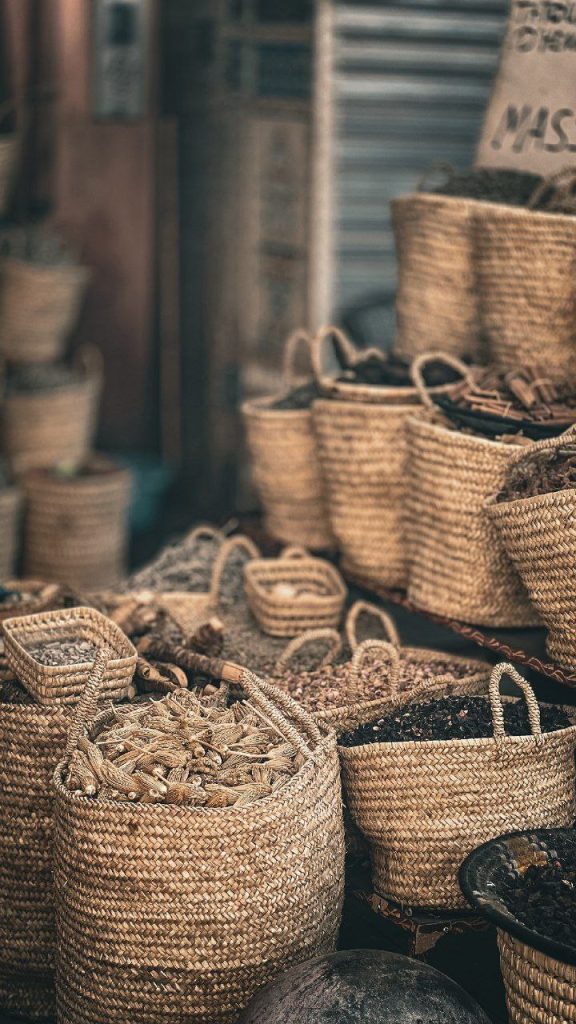
Your Marrakech itinerary isn’t complete without exploring the city’s mesmerizing hidden treasures. Marrakech, the vibrant heart of Morocco, offers photographers and travelers an incredible canvas of cultural experiences. These experiences are waiting to be discovered.
Start your morocco photography tours in the iconic Jemaa el-Fnaa square. Here, street performers, spice vendors, and traditional musicians create a visual feast. The square transforms dramatically between day and night, providing unique photographic opportunities.
- Capture stunning architectural details at Bahia Palace
- Explore the vibrant blue structures of Majorelle Garden
- Photograph traditional craftsmen in the bustling souks
For an authentic experience, venture beyond typical tourist paths. The Marrakech medina harbors secret courtyards, local artisan workshops, and unexpected architectural gems. These will elevate your travel photography. Navigate narrow alleyways to discover hidden riads with intricately tiled walls and peaceful inner gardens.
Photography enthusiasts should plan their visits during golden hours—early morning and late afternoon. Soft light illuminates the city’s rich terracotta landscapes during these times. Bring a wide-angle lens to capture expansive cityscapes and a prime lens for intimate street portraits.
- Best photography locations:
- Koutoubia Mosque at sunset
- Spice markets of the old medina
- Traditional leather tanneries
Your Marrakech adventure promises unforgettable memories and breathtaking visual stories. These stories will transport you back to this magical Moroccan city.
Navigating the Ancient Medina of Fez
Step into a living museum of medieval Islamic culture in Fez, Morocco’s most historic city. A fez city tour takes you through narrow streets unchanged for centuries. The UNESCO World Heritage site of Fez el-Bali (Old Fez) welcomes you with its detailed architecture and timeless beauty.
Your journey through this magical city will show you the heart of Moroccan heritage. Be amazed by the rich history, craftsmanship, and culture that make this place special.
Must-Visit Historical Sites
- Al-Qarawiyyin University: World’s oldest continuously operating university
- Bou Inania Madrasa: Stunning example of Marinid architecture
- Chouara Tannery: Iconic leather workshops with vibrant color vats
- Dar Batha Museum: Showcasing traditional Moroccan arts and crafts
Local Craft Workshops
Immerse yourself in Fez’s artisan traditions through hands-on experiences. Watch skilled craftsmen create detailed metalwork, ceramics, and textiles. Many workshops let visitors learn traditional crafts and make their own souvenirs.
Food Tours and Experiences
A Moroccan cuisine experience in Fez is a feast for all senses. Explore bustling food markets, try street foods like msemen and harira, and join guided culinary tours. Local chefs will teach you about spice blends, cooking techniques, and the rich flavors of Moroccan food.
Pro tip: Book a guided fez city tour to get the most out of this incredible destination’s history, culture, and culinary traditions.
Sahara Desert Experience: Merzouga and Beyond
Starting a sahara desert adventure in Morocco is a journey you won’t forget. The Merzouga region is your entry to the magical Sahara. Here, golden sand dunes go on forever.
Your morocco photography tours will reach new heights in this stunning desert. Get ready to capture amazing moments with these tips:
- Pack lightweight, breathable clothing
- Bring extra camera batteries and memory cards
- Use early morning and late afternoon light for best shots
- Protect camera equipment from sand and heat
Merzouga offers exciting desert activities that make your trip special. Camel trekking lets you see the stunning terrain like a Berber. Sandboarding gives you a thrill on the huge dunes. And nighttime stargazing shows you the incredible sky.
For a real desert experience, stay in a traditional desert camp. These places range from simple to fancy. They let you dive into the desert’s calm. Sunset and sunrise photos are magical, with beautiful silhouettes against the vast landscape.
Your sahara desert adventure is waiting. Get ready for an amazing journey that will give you memories to cherish forever.
Coastal Charm: Essaouira and Atlantic Coast
Your Morocco trip itinerary isn’t complete without exploring Essaouira. This coastal town is a historic port city. It offers a refreshing change from Morocco’s inland areas.
Essaouira’s wind-swept beaches and vibrant maritime culture make it special. It’s a place where relaxation, adventure, and culture come together.
Beach Activities
Essaouira’s beaches are perfect for water sports fans. You can enjoy:
- Windsurfing
- Kiteboarding
- Surfing
- Beach horseback riding
Local Seafood Experiences
Seafood lovers will love the culinary journey here. Local markets and restaurants serve fresh catches with Moroccan spices. Try the grilled sardines and seafood tagines for a taste of the region’s heritage.
Photography Spots
Morocco photography tours often visit Essaouira. It’s known for its stunning visuals. You can take amazing photos at:
- The historic port with traditional blue fishing boats
- Medina’s whitewashed walls with blue accents
- Sunset views over the Atlantic Ocean
- Local fishermen preparing their daily catch
Each spot offers a chance to capture your Moroccan coastal adventure in photos.
Where to Stay: Best Riads and Luxury Hotels
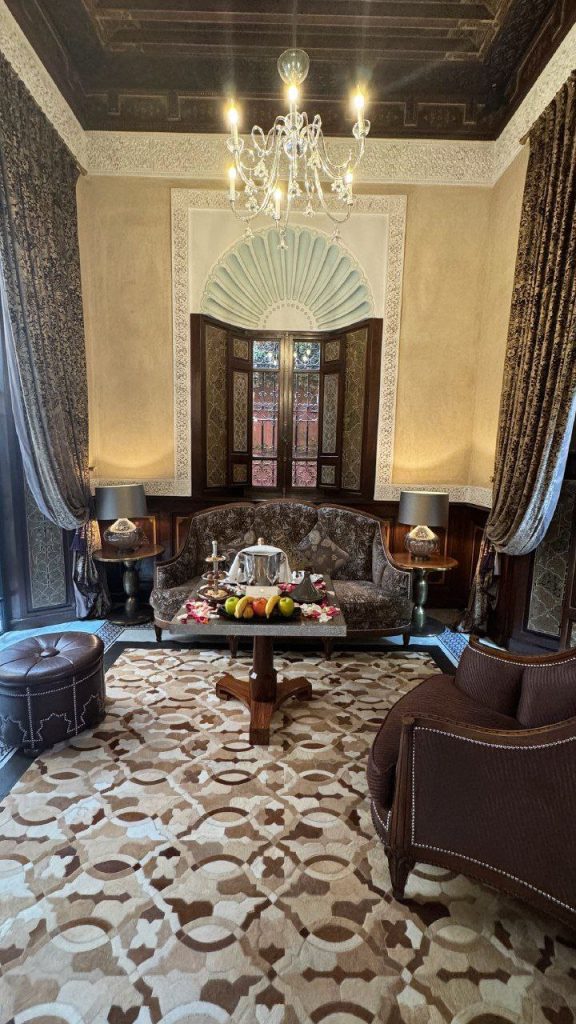
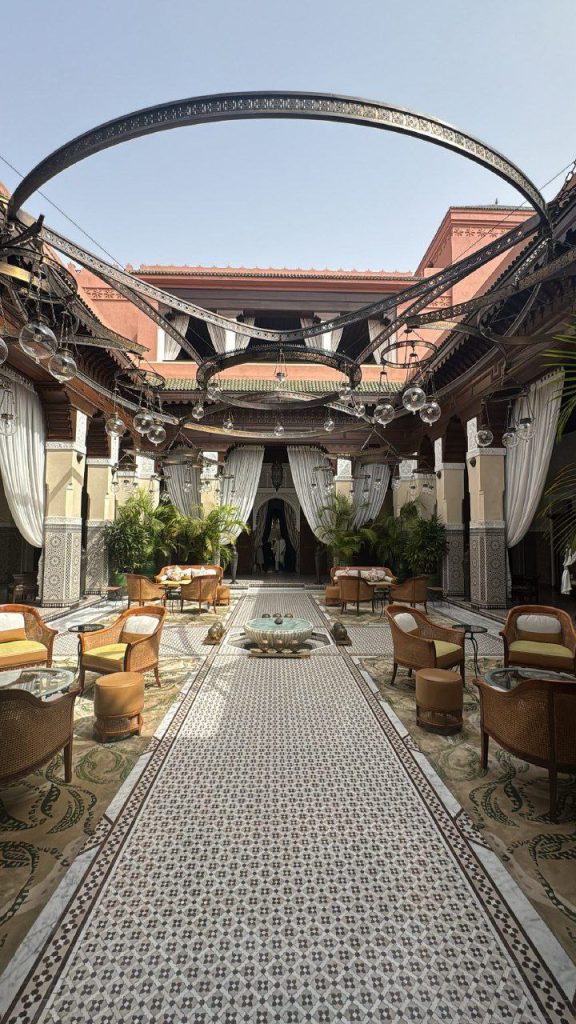
Planning your Morocco vacation means picking the right place to stay. Moroccan riads and hotels offer a unique experience. They are more than just places to sleep.
A traditional riad is a window into Moroccan architecture. These old homes turned into hotels show off local culture. When picking your stay, think about these things:
- Location within the medina (old city)
- Architectural heritage
- Personalized service
- Authentic Moroccan design
Here are some top spots for riads and hotels:
- Marrakech: Luxurious riads with rooftop terraces
- Fez: Historic properties near medieval walls
- Chefchaouen: Boutique hotels with mountain views
Looking for a deal? Riads start at $50 per night. For luxury, expect to pay $200-$500. Book early to get the best prices, as places fill up fast.
Choose a place that offers real experiences. Look for traditional breakfasts, local touches, and staff who know Morocco well.
Moroccan Cuisine Guide: What to Eat and Where
Your Moroccan cuisine journey starts with flavors that excite your taste buds. Traditional dishes are more than food; they share stories of culture, history, and family. It’s a culinary adventure.
As you explore your Moroccan travel guide, you’ll find iconic dishes that showcase the country’s food. Here are some must-try dishes:
- Tagine – A slow-cooked stew in a clay pot, with tender meats and spices
- Couscous – The national dish, served with vegetables and meat sauces
- Pastilla – A pie with layers of flaky pastry, sweet and savory
- Harira – A soup with lentils, chickpeas, and herbs
Street food in Morocco is authentic. Visit local markets for fresh khobz (bread), grilled meats, and pastries. In Marrakech and Fez, food stalls offer a deep dive into local traditions.
Try traditional Moroccan mint tea, a sign of hospitality. This sweet green tea, served in ornate glasses, is more than a drink. It’s a cultural ritual that welcomes you into Moroccan life.
- Best cities for food lovers: Marrakech, Fez, Casablanca
- Recommended dining experiences: Local souks, family-run restaurants, cooking classes
Your Moroccan cuisine adventure will be unforgettable. It’s a journey of flavors, aromas, and traditions that will last long after you return home.
Shopping in Morocco: From Souks to Artisan Workshops
Exploring Moroccan shopping souks is an adventure. It turns your travel guide into a sensory experience. The vibrant markets of Morocco let travelers dive into the country’s rich culture through shopping.
Morocco’s markets are more than places to shop. They are living museums of craftsmanship and tradition. Each souk tells the story of generations of artisans perfecting their skills.
Bargaining Tips
Negotiating prices is an art in Moroccan markets. Here are some key strategies:
- Start by making an offer of 40-50% of the initial price
- Stay friendly and respectful during negotiations
- Be ready to walk away if the price isn’t right
- Learn a few Arabic or French phrases to connect
What to Buy
Your travel guide wouldn’t be complete without tips for unique souvenirs:
- Handwoven Berber Carpets – Intricate designs with cultural significance
- Argan Oil – Pure, locally produced beauty product
- Ceramic Tagines – Traditional cooking vessels
- Leather Goods – High-quality bags and accessories
- Spices and Saffron – Fresh and aromatic
Shipping Options
Many vendors in Moroccan shopping souks offer international shipping for big items. Always check shipping costs and insurance before big purchases. Some workshops provide direct shipping services to ensure your treasures arrive safely home.
Conclusion
Your Morocco trip itinerary is more than just a plan. It’s a key to an amazing cultural journey. From Marrakech’s lively souks to the peaceful Sahara Desert, this guide has given you the tools to explore a vibrant destination. Every moment is a chance to connect with traditions, stunning views, and friendly people.
Remember, Morocco is a journey for your senses. The detailed tile work, fragrant spices, and varied landscapes will broaden your view. Your trip through ancient cities, coastal spots, and deserts will show you the best of this incredible country.
Be open to surprises on your travels. This guide is a good start, but the best moments come from exploring, talking to locals, and trying new things. Morocco offers real experiences and deep cultural insights that go beyond usual tourist spots.
Whether you’re new to travel or have been around, this itinerary promises an unforgettable adventure. Bring your curiosity, respect for local ways, and an open mind. Your Moroccan adventure is waiting to change how you see travel, culture, and connection.
FAQ
When is the best time to visit Morocco?
Spring (March to May) and fall (September to November) are the best times to visit Morocco. The weather is mild and comfortable during these seasons. This makes it perfect for exploring the cities, desert, and coastal areas.Summer can be very hot in the desert, and winter can be cold in the mountains. So, it’s best to avoid these times.
Do I need a visa to travel to Morocco?
Most US citizens don’t need a visa to visit Morocco for up to 90 days. You’ll need a valid passport with at least six months left before it expires. You also need proof of return travel and enough money for your stay.Always check the latest visa requirements with the Moroccan Embassy before you go.
What should I pack for a trip to Morocco?
Pack lightweight, breathable clothes that are modest. This means covering your shoulders and knees, which is important when visiting religious sites. Bring a light jacket or sweater for cooler evenings.Comfortable walking shoes, sun protection, and a scarf or shawl are also essentials. Don’t forget a universal power adapter, portable charger, and a small first-aid kit.
Is Morocco safe for travelers?
Morocco is generally safe for tourists. But, it’s always good to be aware of your surroundings. Keep an eye on your belongings in crowded places and avoid walking alone at night in unfamiliar areas.Respecting local customs is also important. Travel insurance is recommended, and registering with your country’s embassy before traveling is wise.
How much money should I budget for a 10-day trip to Morocco?
Budget around $50-$150 per day, depending on your travel style. Budget travelers can get by with $50-$70 daily. Mid-range travelers might spend $100-$150, and luxury travelers could spend $200 or more.This budget covers accommodation, meals, local transportation, and some activities. Remember to add extra for tours, shopping, and souvenirs.
What currency is used in Morocco, and can I use credit cards?
The Moroccan Dirham (MAD) is the local currency. While major cities accept credit cards, cash is preferred in markets, small shops, and rural areas. It’s wise to carry some cash and tell your bank about your travel plans.Currency exchange is available at airports, banks, and some hotels. ATMs are common in cities.
What languages are spoken in Morocco?
Arabic is the official language, with Berber as a national language. French is widely spoken in business and government. In tourist areas, many people speak some English.Learning basic Arabic or French phrases is appreciated by locals. Downloading a translation app can also help with communication.
What vaccinations do I need before traveling to Morocco?
Talk to your healthcare provider at least 4-6 weeks before your trip. Recommended vaccinations include Hepatitis A, Typhoid, and routine vaccines like MMR and DPT. Some might also consider Hepatitis B and Rabies vaccines.Travel insurance that covers medical emergencies is strongly recommended. Bring any personal medications in their original packaging.
How should I dress in Morocco?
Dress modestly and respectfully, which means covering your shoulders and knees, even in touristy areas. For women, avoid revealing clothing. Men should also avoid very short shorts.Light, loose-fitting clothing is best for Morocco’s climate. In Marrakech, dress codes are more relaxed, but always be culturally sensitive.
What is the tipping culture in Morocco?
Tipping is expected and appreciated in Morocco. In restaurants, 10% is standard if service isn’t included. Tour guides get $5-$10 per day, taxi drivers around 10% of the fare, and hotel staff $1-$2 per bag or per day.Always tip in cash and consider the quality of service. Tipping is a way to show appreciation for good service in Moroccan culture.
